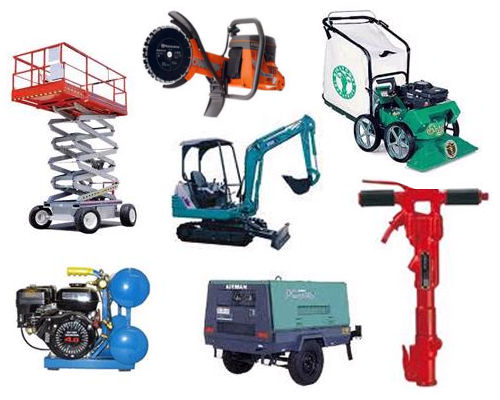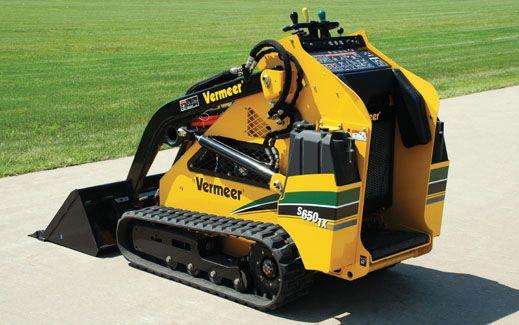Boom Lift Rental: Budget-friendly and Trustworthy Lifts for Any Type Of Job
Boom Lift Rental: Budget-friendly and Trustworthy Lifts for Any Type Of Job
Blog Article
Optimize Your Budget by Comprehending the Costs Connected With Building Tools Rentals
Comprehending the full range of prices connected with construction devices services is important for optimizing your budget plan. What methods can be utilized to successfully handle these expenses and guarantee a more reliable rental experience?
Overview of Rental Costs
When taking into consideration building and construction devices leasings, recognizing the associated expenses is critical for effective budgeting and project preparation. Rental expenses can differ significantly based on several elements, consisting of equipment type, duration of service, and area. The initial rental cost often shows the devices's market demand and its connected functional abilities, affecting the overall expenditure.
Along with the base rental rate, secondary expenses might arise, such as transport costs, fuel additional charges, and upkeep fees. It is necessary to represent these extra costs to precisely examine the complete expense of renting out equipment. Furthermore, the rental duration can impact prices; longer leasings may receive discounted rates, while temporary services might sustain higher everyday costs.

Breakdown of Rental Rates
An extensive understanding of rental prices is vital for professionals and task supervisors intending to enhance their spending plans. Rental rates for construction tools typically contain a number of elements, consisting of base prices, time-based fees, and use charges.
Base rates are the core charges associated with the leasing of the equipment, often established by the type and size of the machinery. These prices can differ substantially, affected by aspects such as tools need, schedule, and local market patterns. Time-based charges, which might be daily, weekly, or monthly, serve to suit different project timelines and rental periods.
Additionally, rental rates may consist of use charges, which apply when tools is made use of beyond a defined threshold, making certain that the rental firm can account for damage. Seasonal demand changes can additionally influence rental prices, with peak building and construction periods commonly regulating higher prices.
In addition, comprehending the rental company's plans relating to upkeep and insurance can offer further insight right into the general expense framework. By evaluating these parts, service providers can make enlightened decisions, ensuring the option of rental equipment aligns with both job needs and budget plan constraints.
Additional Costs to Consider
Understanding the ins and outs of added costs is vital for professionals to handle their total service expenditures successfully. Beyond the standard rental prices, different extra fees can considerably influence the complete price of devices rental. These costs typically include delivery and pick-up fees, which can vary based on distance and logistics involved in carrying the devices to and from the work website.
In addition, some rental business might impose fuel additional charges if the tools is returned with much less gas than when leased. It is also necessary to understand possible cleaning costs, specifically for specific equipment that calls for comprehensive upkeep after usage.

Extensively assessing the rental contract and clearing up these additional costs upfront can help professionals avoid unanticipated costs and make sure that budgets continue to be intact throughout the job lifecycle.
Repair And Maintenance Expenditures
Regular repair and maintenance costs are often overlooked elements that can considerably influence the total cost of construction equipment leasings. When renting out equipment, it is critical to think about not just the rental fees however additionally the possible costs connected with keeping the equipment in optimum operating condition.
Numerous rental firms include basic maintenance as component of the rental arrangement; nevertheless, a lot more unexpected breakdowns or comprehensive repairs can result in extra expenditures. It's necessary to evaluate the rental contract thoroughly to recognize what maintenance services are covered and what duties fall on the tenant.
Moreover, equipment that is not properly maintained can bring about inadequacies on duty site, possibly triggering delays and increasing job expenses. To mitigate these risks, it is advisable to conduct normal examinations and preserve open interaction with the rental provider pertaining to any concerns that develop throughout usage.
Insurance Coverage and Responsibility Costs
Insurance coverage and liability costs are crucial parts that can significantly impact the total expenditure of construction equipment leasings (equipment rental company). These costs guarantee that both the rental company and the customer are protected from potential financial losses developing from crashes, damages, or burglary used compact wheel loader during the rental period

Additionally, clients ought to recognize any type of deductibles or exemptions in the insurance coverage, as these can affect potential out-of-pocket expenditures. Recognizing the terms and conditions of any insurance policy protection is important to prevent unexpected prices. Ultimately, budgeting for insurance and obligation expenses can assist ensure a smoother rental experience and safeguard against financial risks related to construction tasks.
Final Thought
In conclusion, a detailed understanding of the expenses linked with building equipment leasings is crucial for effective budget plan monitoring. Ultimately, informed decision-making relating to tools services contributes to the general success of construction undertakings.
Rental expenses can vary considerably based on a number of aspects, consisting of tools type, duration of rental, and location (heavy equipment rental). The rental duration can affect pricing; longer services may qualify for reduced prices, while short-term rentals might incur greater daily charges
By performing extensive research and involving with trusted rental companies, specialists can properly browse the complexities of rental rates, ultimately optimizing their monetary resources.
Beyond the conventional rental prices, different auxiliary charges can substantially affect the complete expense of equipment rental. Rental firms usually provide responsibility insurance coverage that covers injuries to third celebrations or damages to residential property, while devices damages insurance can cover get more the expense of fixings or replacement if the rented equipment is damaged.
Report this page